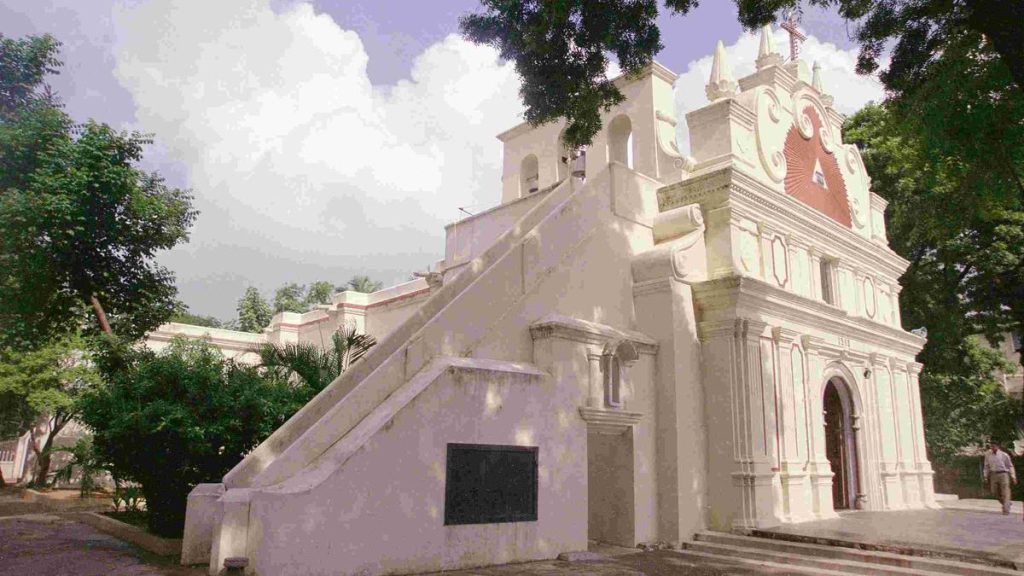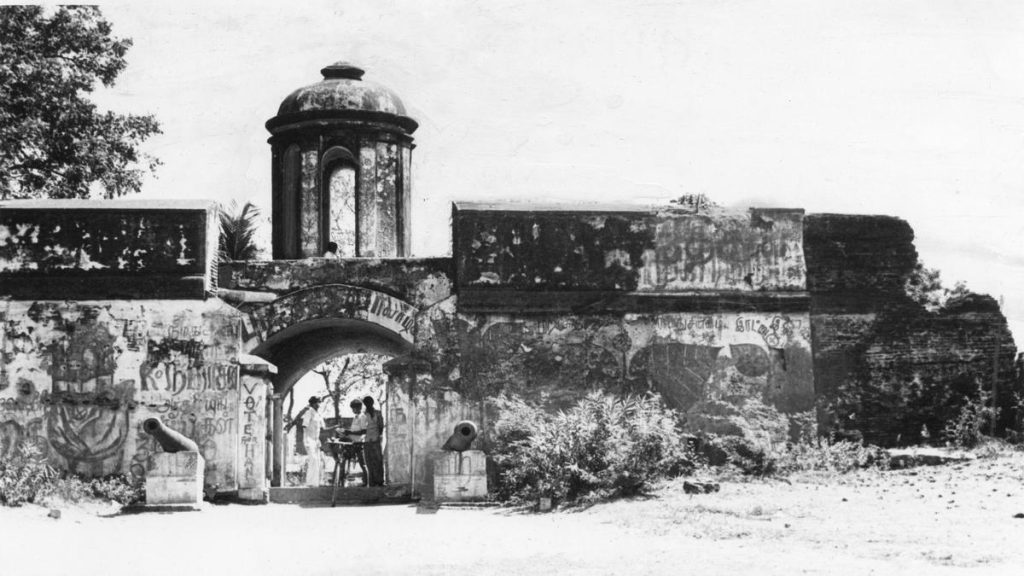Now Reading: Flood Alert in Andhra Pradesh as Godavari, Krishna Witness Heavy Inflows
-
01
Flood Alert in Andhra Pradesh as Godavari, Krishna Witness Heavy Inflows
Flood Alert in Andhra Pradesh as Godavari, Krishna Witness Heavy Inflows
Swift Summary
- Flood Alert: The Andhra Pradesh State Disaster management authority (APSDMA) issued a flood alert due to heavy inflows in the Godavari and Krishna rivers. Residents in low-lying areas have been cautioned to remain vigilant.
- Godavari River Levels:
– At Bhadrachalam: 52 feet.
– At Kunavaram: 20.12 metres.
– At Polavaram: 12.76 metres.
- Dowleswaram barrage recorded inflows and outflows at approximately 11.19 lakh cusecs, maintaining a first flood warning level.
- Krishna River Basin Conditions:
– Srisailam reservoir inflows: 5.40 lakh cusecs; outflows: 5.19 lakh cusecs.
– Nagarjuna Sagar sees balanced inflows/outflows at around 4.32 lakh cusecs each.
– Pulichinthala reports near-balanced levels at approximately 4.23/4.19 lakh cusecs (inflow/outflow).- Prakasam barrage measures inflows and outflows of about 5.14 lakh cusecs.
- Reservoir Storage Status (Improved Compared to last Year):
– Major reservoirs hold ~727 tmc, or ~80% of gross capacity; medium reservoirs hold ~49 tmc (~53%).
– Godavari basin storage increased sharply from last year’s levels, now at ~57%.
– Pennar basin storage also improved substantially.
- Authorities are monitoring steady upstream inflows for potential quick changes in water storage and flood management needs.
Indian Opinion Analysis
The continued heavy inflow into andhra Pradesh’s major rivers underscores the importance of robust disaster management systems for vulnerable regions facing flooding risks this monsoon season.While the increase in reservoir storage offers relief for irrigation and drinking water supply, it also calls attention to balancing short-term safety concerns with long-term water security planning.
The heightened vigilance by APSDMA reflects proactive efforts toward mitigating risks, but the situation demands sustained coordination across upstream states managing notable discharges that affect downstream conditions in Andhra Pradesh’s basins-especially Godavari and Krishna rivers where several regions are already under alert.
Improved reservoir levels signal progress compared to last year’s data; however, these gains could quickly transition into challenges if extreme weather patterns persist or upstream discharges intensify further without seamless response mechanisms across states involved in river basin management.
























